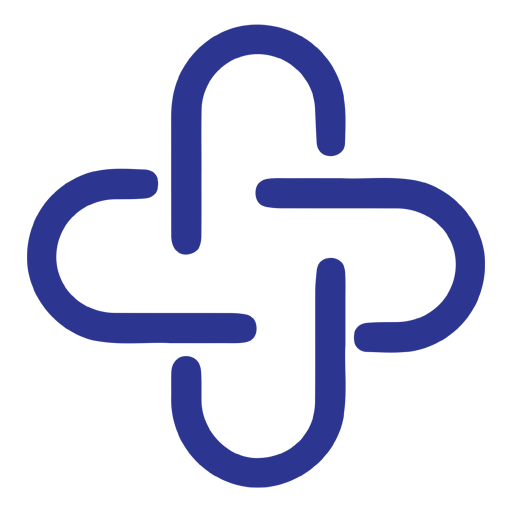Study: Frequent neurologic manifestations and encephalopathy-associated morbidity in Covid-19 patients
Covid-19 can involve multiple organs including the nervous system. We sought to characterize the neurologic manifestations, their risk factors, and associated outcomes in hospitalized patients with Covid-19.
Read More



